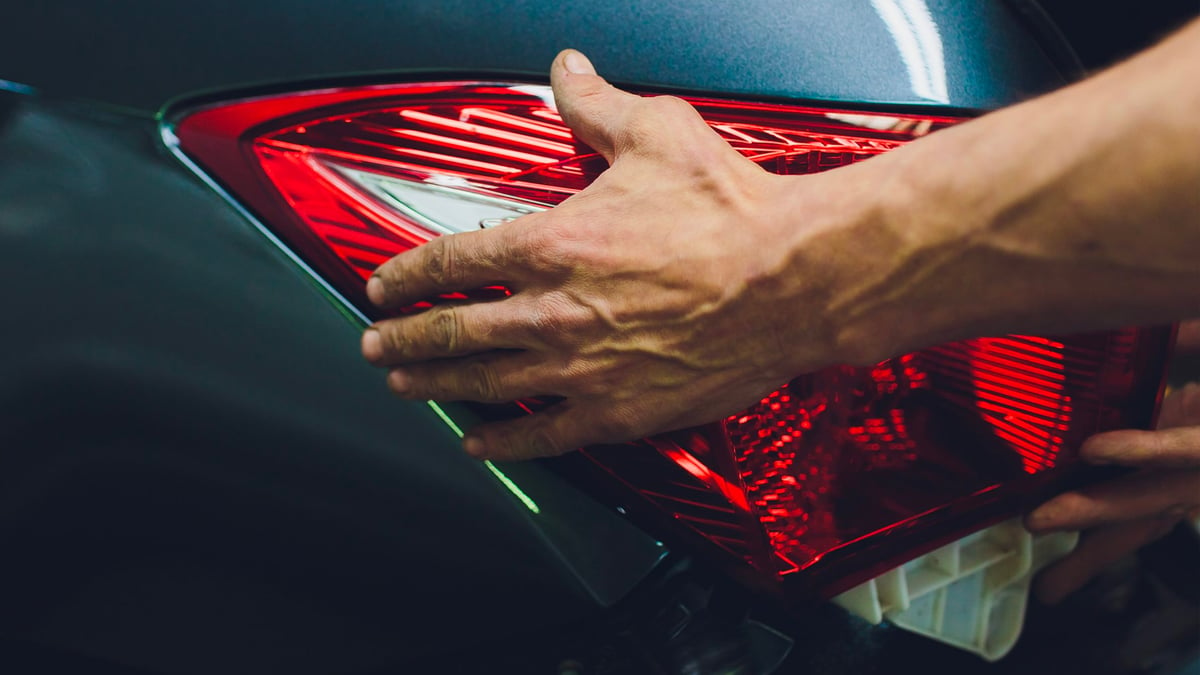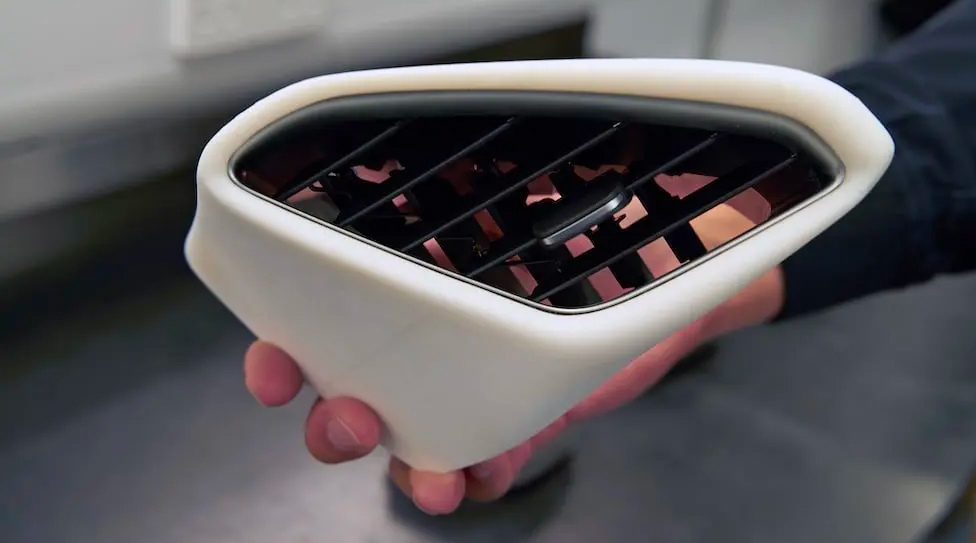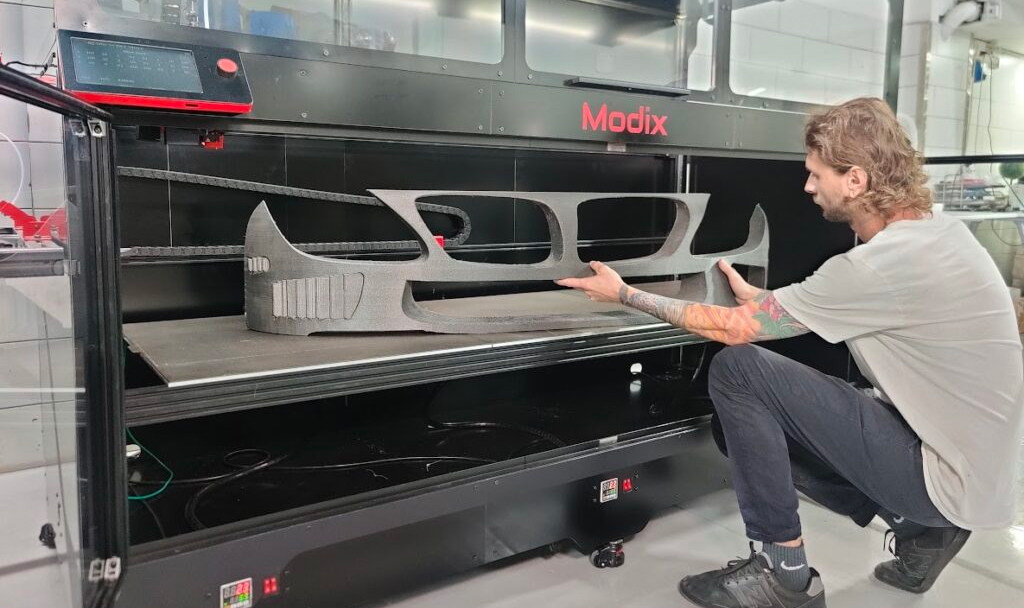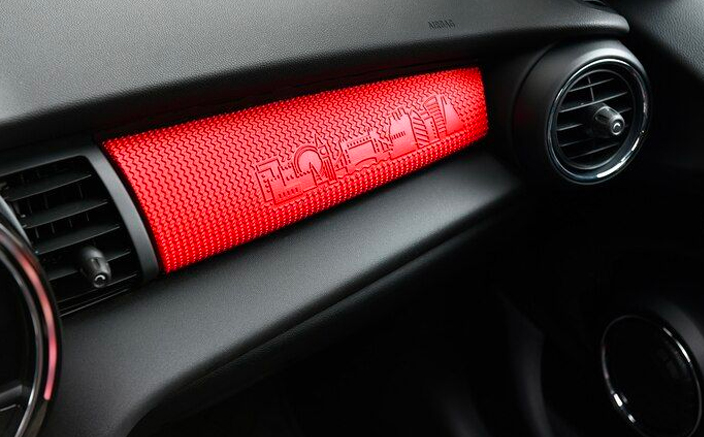Waiting weeks and paying hundreds of dollars for what appears to be a simple yet essential tab or gasket for your car is a frustrating experience. Today, those parts can be 3D printed quickly and cheaply leading to a revolution in auto repair. However, quality certification hasn’t kept up with manufacturing reality leading to potentially dangerous 3D printed auto replacement parts on the market, a new study found.
This investigative report called “3D Printing In Collision Repair Task Force Report” from an association of automotive collision repair professionals, both praises 3D printing technology and warns of its misuse. Its investigation found unscrupulous part retailers are already turning to fast and cheap 3D printing to fabricate replacement auto parts, but not labeling them as such. These parts often look like certified aftermarket parts, but fail in quality.
The auto industry is embarking on a “transformative journey by incorporating 3D printing technology for the production of end use parts,” the study found. But when it comes to the auto collision repair sector more must be done “to avoid an influx of substandard, unregulated parts from unverified or unlicensed sources attempting to capitalize on 3D printing.”
Weighing the Potential to the Threat
Last May, this task force made up of collision industry leaders, 3D printing specialists, and led by Harold Sears, a automotive industry veteran from Ford Motor Company who oversaw large parts of the company’s implementation of 3D printing, set out to investigate if 3D printing really would make auto repairs faster and cheaper and if those benefits came with any drawbacks.
The group went the full mile to investigate the effectiveness of 3D printing. It says it not only researched and interviewed industry stake holders in automotive repair and additive manufacturing, but visited 3D printing companies and carried out its own tests on 3D printed replacement auto parts.

Its findings were an overwhelming endorsement of 3D printing for part fabrication. The task force found that 3D printing presents “exciting possibilities that can revolutionize vehicle restoration, benefiting all stakeholders, from insurers and repair centers to OEMs.”
Repairing damaged parts with missing components through 3D printing, the study found, reduces cost, time, waste, environmental impact, inventory space, and shipping, all while elevating repair quality.
“Items like repair kits for headlights, sensor cradles for bumper covers, and high-value clips are very favorable for 3D printing applications” the report says. “Additionally, it can address the need for smaller, discontinued, or out-of-stock parts that would otherwise require high-volume production through traditional methods.”

For collision repair shops, 3D printing technologies could enable the quick manufacture of virtually any polymer or metal replacement part from any make or model of car.
But we’re not there yet, the study cautions, because no quality inspection or certification process yet exists to ensure that 3D printed replacement auto parts are up to spec.
“It was both exciting and somewhat concerning to observe the growing enthusiasm surrounding 3D printing in the automotive parts industry,” the report states. Although the report doesn’t name names, there are no shortage of files online for car parts anyone with a 3D printer could produce.
“By far the most concerning aspect of the journey to date has been how widespread the use of low-grade materials and 3D printers in the collision repair processes,” the report states. “Some people with low-end ‘hobbyist grade’ printers and materials seem to think they can use parts from these printers as replacement parts on vehicles, replacing broken headlight tabs, for example, or to start a 3D printing auto parts supply business.”
3D Printed Auto Part Fakes
The task force conducted a test to see if 3D printed parts are already being sold in the auto repair industry. They purchased various headlight tabs from online auto suppliers and sites, such as eBay. They found some 3D printed parts, though they had not been listed as such.
“More alarming was that some of these 3D printed parts were of such poor quality that they resembled a cardboard-looking headlight tab. They exhibited extremely poor surface finishing as the result of using low-resolution, low-grade scanners to perform reverse engineering functions.”
3D printed parts are not inherently lower quality than traditionally manufactured versions, and can in many cases be superior. The study, however, found that some part sellers are not using quality materials or processes.

From the suppliers that are openly offering 3D printed parts, there was no information on which technology or systems were used to fabricate them, which materials were used, or test data.
The risks to consumers of poorly made auto replacement parts is significant. There are safety concerns, insurance implications, and legal liability among other risks.
“Increased claims and settlement costs can result from accidents caused by the failure of substandard 3D printed parts,” the report noted. “This can lead to higher premiums for policyholders.”

What Can Be Done?
In the US, the National Highway Traffic Safety Administration (NHTSA) has specific regulations that apply to manufacturers of aftermarket automotive parts, particularly those related to safety-critical components like brakes and lighting. Manufacturers may also need to comply with Federal Motor Vehicle Safety Standards (FMVSS) and obtain the necessary certifications.
Other standards and guidelines for aftermarket auto parts are set by industry-specific organizations or associations that provide certification programs or guidelines for ensuring product quality and safety.
To ensure that the promise of 3D printing can be applied to the auto collision industry, the task force says the only way forward is with a series of established assurances ranging from a governing body to establish quality control to banning the use of 3D printed parts in collision repair if they are not endorsed by OEMs or certified by recognized quality standards.
The auto collision repair industry sees the benefits of 3D printing, but only if the technology is applied through a safe and regulated 3D printing supply chain.
The study’s conclusion? “While this excitement and innovation hold potential for future benefits in parts, materials, or 3D printers, the short-term uncertainties outweigh the potential opportunities, especially when it comes to ensuring that end parts meet a yet-to-be established standard for vehicle repairs.”
License: The text of "3D Printing Vastly Lowers Auto Repair Costs, So Why Can’t You Use It?" by All3DP Pro is licensed under a Creative Commons Attribution 4.0 International License.